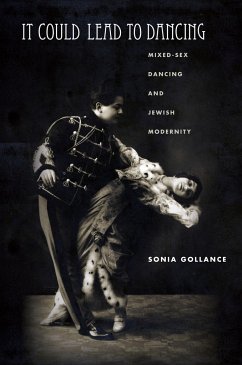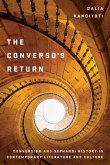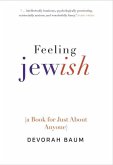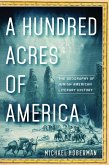"Dances and balls appear throughout literature as a place for young people to meet, flirt, and form relationships: as any reader of Pride and Prejudice, War and Peace, or Romeo and Juliet can attest, dance scenes provide an opportunity for writers to criticize societal expectations about courtship and partner choice, while simultaneously entertaining their readers. In this book, Sonia Gollance examines Jewish mixed-gender dancing in German and Yiddish literature, arguing that dance provides a powerful lens for understanding Jewish acculturation, secularization, and modernization. Gollance examines the specific literary qualities of dance scenes, such as the parallels between dance figures and plot structures, while also paying close attention to the broader social implications of Jewish engagement with dance during in the nineteenth and twentieth centuries. While traditional Jewish dance was among men only (or women only), mixed-sex dancing was the very sign of modernity, and thus a charged and complex arena for understanding the limits of acculturation, the dangers of class mixing, and the role of erotic engagement in modernization. Gollance's book is organized around the spaces in which mixed dancing would take place: the tavern, the ballroom, the wedding, and the dance hall. Gollance also draws connections between the cultural history of social dance and contemporary popular culture, illustrating how mixed-sex dancing continues to function as a flexible metaphor for the concerns of Jewish communities in the face of cultural transitions"--








